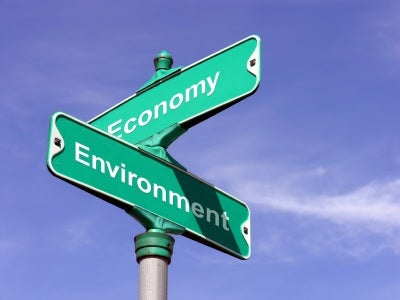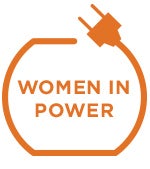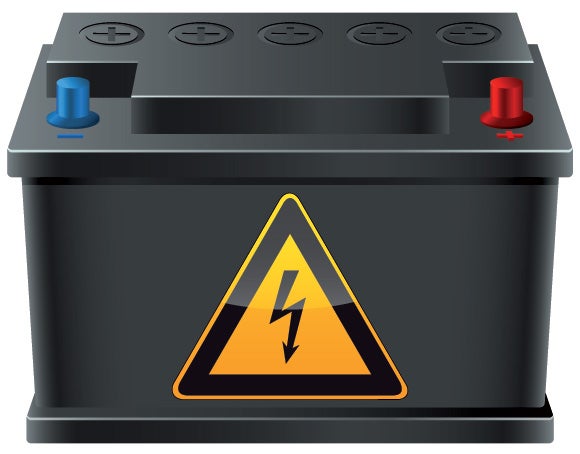By Lauren Navarro and Emily Reyna
What would you do with extra cash? Starting this April, customers of California’s biggest utilities will experience first-hand how the state’s fight against climate change is actually paying off – in the form of real money.
Wait… real money? How does that work?
Yes. Millions of household customers of Pacific Gas & Electric, San Diego Gas & Electric, Southern California Edison, and other investor-owned utilities will automatically receive a “Climate Credit” twice a year through 2020 – every April and October – as a line item on their utility bill. This money comes from California’s cap-and-trade program, which holds the state’s largest emitters, including electric utilities, accountable for their climate pollution. With cap and trade, regulated companies must buy “allowances,” or permits, if they plan to emit carbon pollution –equivalent to nearly $1.7 billion to date. Now, part of this money is being returned to these utilities’ customers. For average Californians, the Credit will cover the slightly higher rates that cover California’s green transformation. But if you’re conscientious about your energy use – and are a below average energy user – your Credit will be a bonus for you. Read More
















